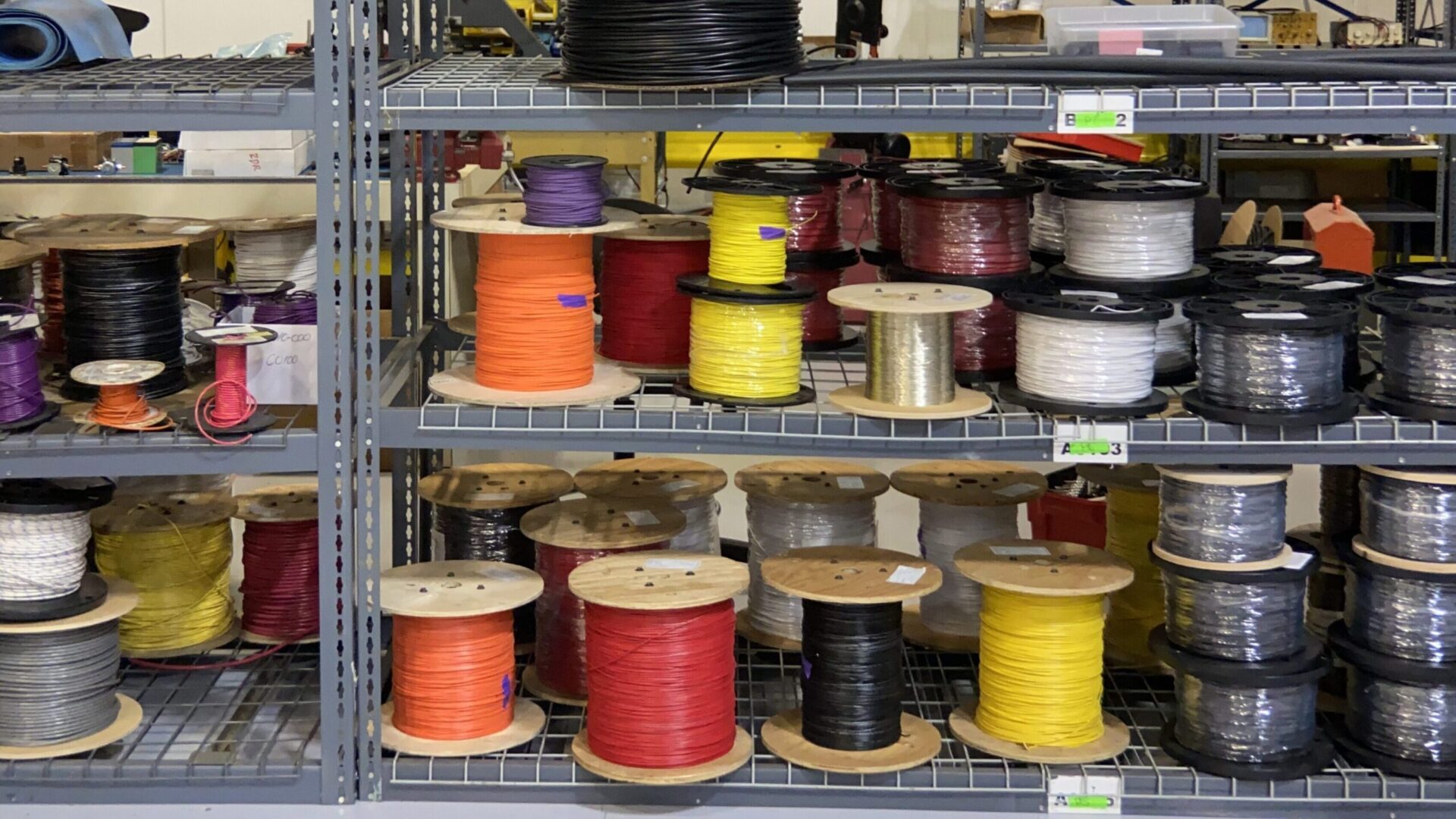Exploring Wire Harness Materials: A Comprehensive Guide To Cable Assembly

In the realm of electronics and machinery, wire harnesses are the unsung heroes that ensure efficient, reliable connections between various components. Whether you’re working on automotive systems, industrial equipment, or consumer electronics, understanding wire harness materials is crucial for creating durable and functional wiring solutions. In this blog, we’ll delve into the different types of materials used in wire harnesses, their characteristics, and considerations for selecting the right material for your project.
What is a Wire Harness?
A wire harness, also known as a cable harness or wiring harness, is a collection of wires bundled together with connectors, insulation, and protective coverings. Wire harnesses organize and route electrical connections within a device or vehicle, reducing clutter and simplifying assembly. They play a crucial role in ensuring that electrical signals and power are transmitted efficiently and safely.
Key Materials Used in Wire Harnesses
Conductors:
Copper: Copper is the most commonly used conductor material due to its excellent electrical conductivity and flexibility. It’s widely used in both automotive and industrial applications. Copper wire can be solid or stranded. Stranded copper wires offer greater flexibility and are often used in applications where the wire needs to bend or move.
Aluminum: Aluminum is lighter and less expensive than copper but has lower electrical conductivity. It’s used in applications where weight is a concern, such as in aerospace and some automotive applications. Similar to copper, aluminum wire can be solid or stranded, but it may require special connectors and insulation to prevent oxidation.
Insulation Materials:
PVC (Polyvinyl Chloride): PVC is a popular insulation material due to its good electrical insulation properties, flame resistance, and cost-effectiveness. It’s commonly used in automotive, consumer electronics, and industrial applications.
Cross-Linked Polyethylene: XLPE offers higher temperature resistance and better electrical properties compared to PVC. It is often used in high-temperature environments and in industrial applications.
Silicone Rubber: Silicone rubber is known for its flexibility, high-temperature resistance, and durability. It’s often used in high-performance and high-temperature applications.
Protective Coverings:
Braided Sleeving: Braided sleeving is used to protect wires from abrasion and mechanical damage. It is made from materials such as nylon or PET and provides a flexible, durable shield.
Heat Shrink Tubing: Heat shrink tubing is used to insulate and protect wires and connections. When heated, the tubing shrinks to fit snugly around the wire, providing a tight seal.
Convoluted Tubing: Also known as split loom tubing, convoluted tubing provides protection against abrasion and is often used in automotive and industrial environments.
Selecting the Right Materials for Your Wire Harness
Application Requirements:
Temperature Range: Consider the operating temperature range of the environment where the wire harness will be used. Choose materials that can withstand the temperature extremes.
Environmental Factors: Determine if the wire harness will be exposed to chemicals, moisture, or other harsh conditions, and select materials that offer appropriate protection.
Mechanical Considerations:
Flexibility: For applications where the wire harness will move or bend frequently, choose flexible conductors and insulation materials.
Durability: For high-wear applications, select materials that offer resistance to abrasion and physical damage.
Regulatory Compliance:
Standards: Ensure that the materials used comply with relevant industry standards and regulations, such as those set by UL, SAE, or IEC.
Cost Considerations:
Budget: Balance performance requirements with cost constraints. While higher-end materials may offer better performance, they can also increase the overall cost of the wire harness.
Conclusion
Wire harness materials are fundamental to the performance, reliability, and longevity of electronic and mechanical systems. By understanding the characteristics of different materials and considering the specific requirements of your application, you can make informed decisions that lead to better wire harness designs. Whether you’re designing a new product or maintaining existing systems, choosing the right materials ensures that your wire harnesses will meet the demands of their environment and provide reliable performance.
Learn more about our cable and wire harness assembly process at https://intellitec.com/harness-assembly/ or by Contacting Us at https://intellitec.com/contact-us/.
